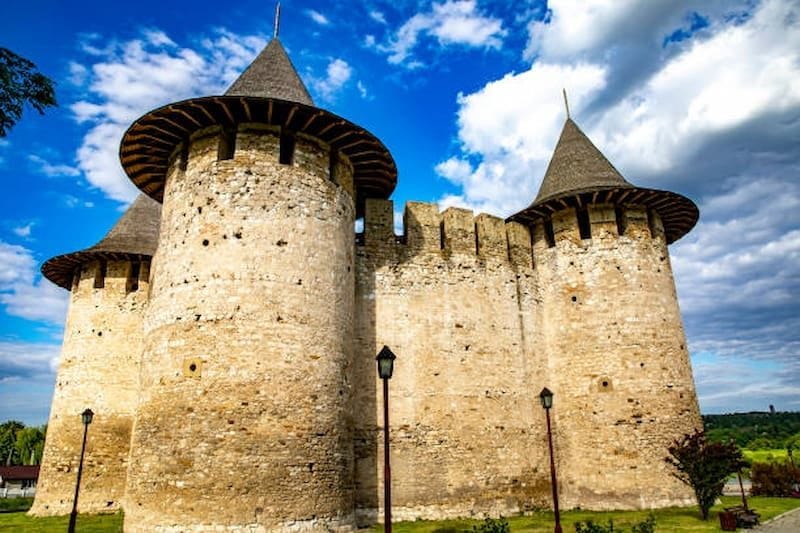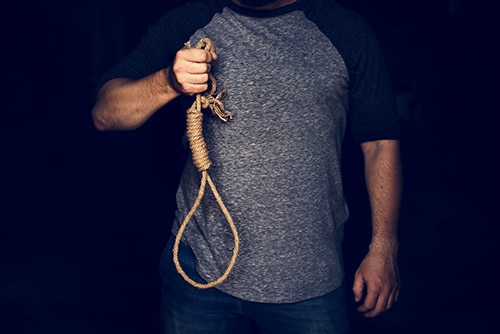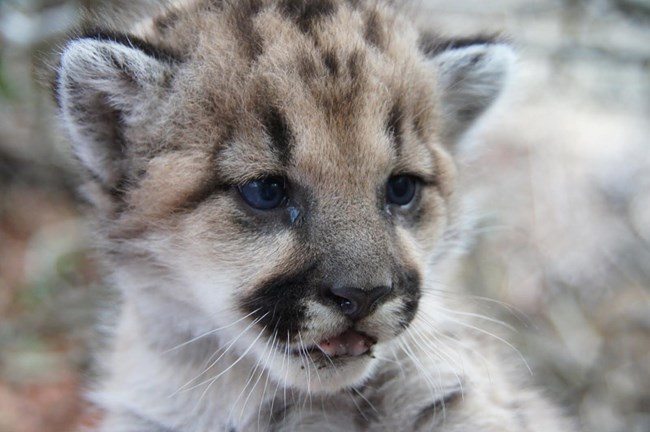Onur's blog
 Avrupa'nın bir parçası olan Moldova Cumhuriyeti zengin bir tarihe sahiptir. Farklı kültürel ve tarihi akımların (Karpa-Balkan, Orta Avrupa ve Avrasya) temas bölgesinde yer alması, birkaç bin yıl boyunca Proto-Hint-Avrupa halklarının yanı sıra en arkaik dalların çeşitli kültürel geleneklerini uyumlu bir şekilde birleştirdi. Trakyalılar, Slavlar, Keltler, Gotlar, Hunlar da dahil olmak üzere Hint-Avrupalıların. Bu süreçte kendilerine özgü ve tekrarlanamayan özellikler edindiler.
Avrupa'nın bir parçası olan Moldova Cumhuriyeti zengin bir tarihe sahiptir. Farklı kültürel ve tarihi akımların (Karpa-Balkan, Orta Avrupa ve Avrasya) temas bölgesinde yer alması, birkaç bin yıl boyunca Proto-Hint-Avrupa halklarının yanı sıra en arkaik dalların çeşitli kültürel geleneklerini uyumlu bir şekilde birleştirdi. Trakyalılar, Slavlar, Keltler, Gotlar, Hunlar da dahil olmak üzere Hint-Avrupalıların. Bu süreçte kendilerine özgü ve tekrarlanamayan özellikler edindiler.
Moldova Cumhuriyeti topraklarında, kültürel-tarihsel değeri genel Avrupa insani değerleri bağlamında yazılı olan, özellikle çok sayıda tarihi-arkeolojik anıt (yaklaşık sekiz bin) bulunmaktadır.
... Больше
Orkut Büyükkökten 6 Şubat 1975 de Konya da Dünya'ya geldi. Kendisi Türk yazılım mühendisidir. Google'da çalışırken sosyal ağ servisi olan Orkut'u geliştirmiştir.
Fakat Orkut, sebebini henüz bilmediğimiz bir neden den dolayı Google aramalarından Eylül 2014'te kullanıma kapatılmıştır. 11 milyonu Brezilya'da olmak üzere 15 milyon sitenin aktif üyesi vardı.
... Больше Have you ever thought about why people commit suicide? Do you think women or men commit the most suicides in the world? Today we will discuss the subject of suicide.
Have you ever thought about why people commit suicide? Do you think women or men commit the most suicides in the world? Today we will discuss the subject of suicide.
In 2003, Lithuania had a staggering suicide rate of 42 per 100,000. That makes 1,500 people in total. More than all road traffic deaths and twice as many as 20 years ago.
The top seven suicide rates are all Baltic or former Soviet Union countries
... Больше
 Chickens, by far. There are an estimated 52 billion chickens in the world: nine for every human being. 75 percent of these are for food, but for almost 3,000 years chickens were raised primarily for their eggs, and until the Romans arrived in England no one was known to eat chicken meat.
Chickens, by far. There are an estimated 52 billion chickens in the world: nine for every human being. 75 percent of these are for food, but for almost 3,000 years chickens were raised primarily for their eggs, and until the Romans arrived in England no one was known to eat chicken meat.
All chickens in the world are descended from a species of pheasant native to Thailand called the Red Jungle Fowl (Gallus gallus gallus). Its closest modern relative is the fighting cock.
Mass production of chickens and eggs began in the 1800s
Chicken meat for food began as a by-product of egg production. At first, only chickens that were old and not laying enough eggs were slaughtered and sold as meat. Chicken meat was still a luxury in the 1960s. Until the 1970s, chickens were no longer the meat of choice for most families.
... Больше
 You know the puma. The distant ancestor of wild cats. The spotted predator, about two meters long. Let's explain this definition, which takes the name of the syndrome from this animal.
You know the puma. The distant ancestor of wild cats. The spotted predator, about two meters long. Let's explain this definition, which takes the name of the syndrome from this animal.
The puma is famous for many features, this wonderful cat of the forests. But it is best known for its fast and agile running. It is a pleasure to watch its movements, which gradually accelerate from the moment it pursues its prey and reveal all the joints and muscles of its body. This death run sometimes ends with the victory of the puma, and sometimes with the victory of the victim running for its life.
So how long does a puma run after its prey? This feature of the puma is what makes the wild hunter of the forests an example for man, the founder of civilizations. The puma always adjusts the "death run" it continues after its prey according to the size of its prey. In other words, the time it runs to catch a gazelle is never the same as the time it spends after a rabbit. Because the puma is an intelligent animal, and the puma gives up running when the amount of energy it spends while running exceeds the amount of potential energy it will obtain from the prey. He accepts defeat and looks for other prey. For this reason, he runs after the gazelle more and after the rabbit much less.
... Больше
Archives
- Все
- Август 2025
- Май 2025
- Апрель 2025
- Февраль 2025
- январь 2025
- Декабрь 2024
- Ноябрь 2024
- Сентябрь 2024
- Август 2024
- Июнь 2024
- Апрель 2024
- Март 2024
- Февраль 2024
- январь 2024
- Декабрь 2023
- Ноябрь 2023
- Октябрь 2023
- Сентябрь 2023
- Август 2023
- Июль 2023
- Июнь 2023
- Май 2023
- Апрель 2023
- Март 2023
- Февраль 2023
- январь 2023
- Декабрь 2022
- Ноябрь 2022
- Сентябрь 2022
- Май 2022
- Апрель 2022
- Февраль 2022
- январь 2022
- Сентябрь 2021
- Август 2021
- Июль 2021
- Июнь 2021
- Май 2021
- Декабрь 2020
- Ноябрь 2020
- Сентябрь 2020
- Февраль 2020
- январь 2020
- Август 2019
- Июль 2015
- Май 2015




























































